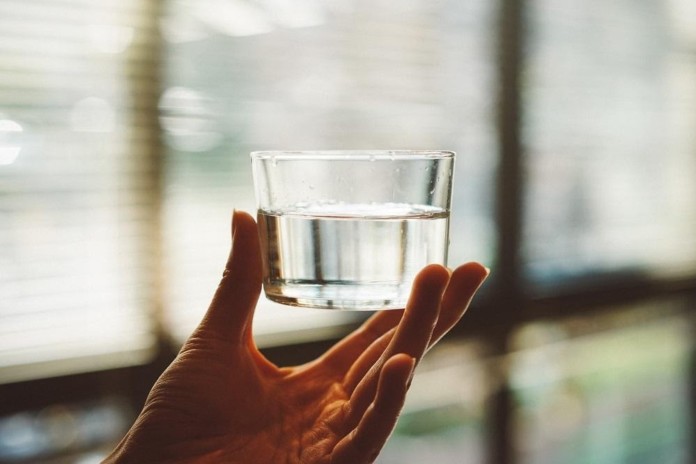Chloramine in Water Explained
Chlorine or chloramine is an important water treatment chemical in America. They are added to the tap water supply to disinfect and improve water quality. Chloramine’s disinfecting properties are due to its ability to break down the cell walls of viruses, bacteria, and protozoans. This inactivates the microorganisms, ensuring they cannot cause typhoid, hepatitis, cholera, and diarrhea.
Why Chloramine?
Chloramine becomes necessary because it is difficult to eliminate these microorganisms/contaminants using filters or other non-chemical methods due to their tiny sizes.
Benefits of Removing Chloramine in Your Water
The EPA has set specific standards for added chemicals in water treatment. When the amount of chemical is below that limit, it is more beneficial than harmful. However, there are still certain risks associated with these chemicals, even when present in safe amounts.
The presence of chloramine in drinking water affects human health, causing increased asthma risks and respiratory problems in most cases. The physical effects are hardly noticeable in people, but respiratory issues can be severe. The reaction of chloramine and air creates a vapor, impairing breathing for individuals with a bad respiratory system.
Chloramine also alters the properties of water. For instance, chloramine facilitates the deposition of heavy metals into the water when passing through lead or copper water pipes.
Waterdrop Reverse Osmosis Water Filtration
Waterdrop Reverse osmosis is an advanced filtration technology that delivers the most effective filtration process possible. The membrane’s pore size is 0.0001 micron, which means any contaminants with a larger size get trapped. In the end, only water molecules are small enough to pass through the RO membrane. As a result, it is highly effective against chloramine, as well as other several water contaminants.
Carbon filtration is effective against chloramine and other contaminants in water. Once the water passes through the filter, it absorbs the chloramine and retains it on the filter media surface. The filtration performance is better in filters with a larger carbon contact surface.
Catalytic carbon is a form of activated carbon. It is commonly used in whole-house filters because it offers a better filtration performance against contaminants. Therefore, a whole house filter system can deliver an initial filtration performance.
Read Also: What is the Best Way to Remove Chloramine from Water?
Frequently Asked Questions
Is boiling effective against chloramine?
Boiling helps, but only partially. Boiling your water will only get rid of a limited amount of chloramine. This is because chloramine becomes chloramine gas during boiling, which means it will take more time to convert all the chloramine in water to gas.
Does chloramine evaporate from water?
Only chlorine evaporates from water – chloramine is much stronger and does not react easily. So the only way to get rid of chloramine in your water is to use an efficient filter.
Finally…
The presence of chloramine in water makes it unfit for drinking. Although people ignore this fact, chloramine can cause several health problems, including respiratory problems, skin allergies, and more. Boiling and evaporation do not remove chloramine. Instead, you need a suitable filter to remove all the chloramine in your water. That is why we recommend a water filter to protect your health and your family’s.




